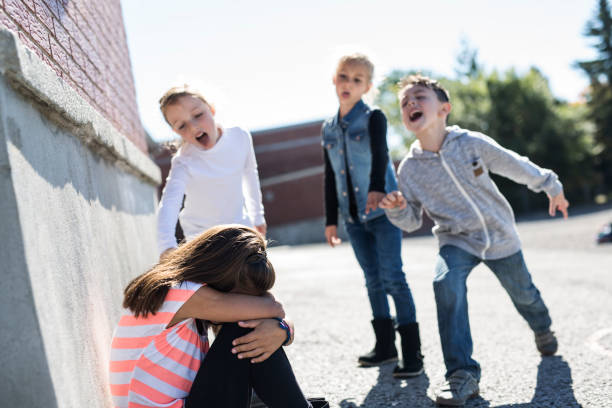The biggest, most intimidating kid at school with the strongest fists and most aggressive personality is no longer the stereotypical school yard bully. In fact, today’s bullies don’t steal lunch money; rather they ruin reputations and create hurtful rumors using the internet and social media.
However, the negative effects of victimization from a bully are still the same—with kids resorting to depression, social withdrawal, physical injury, addiction, self-harm, and even suicide. Here are ten signs to watch out for if you think your child may be the victim of bullying…

